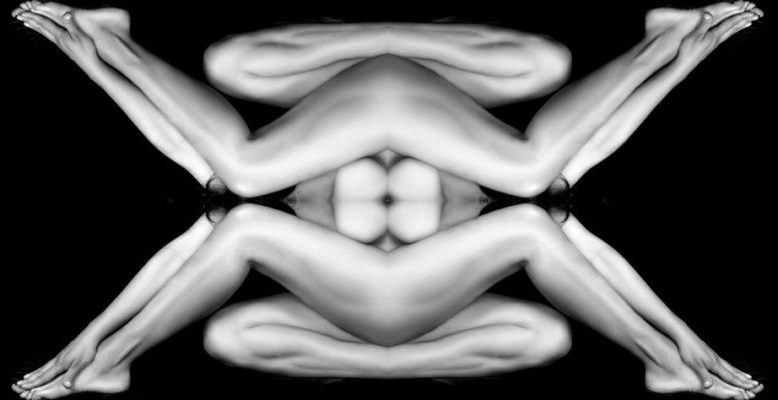
It’s widely recognized that our thoughts and emotions — our mind — can have significant impact on our physical body. Of course, things also go the other way around; our body can seriously influence or affect our mental and emotional state or wellbeing.
As a rule, we call this type of interaction between body and mind a psychosomatic relationship or psychosomatic disorder (in the case of a negative influence), that is, a physical illness or discomfort (the somatic level) can be caused or aggravated by a mental, emotional or psychological factor such as internal conflict, trauma, anxiety, or stress.

We know, for instance, that emotional stress can cause muscle contractions and other physical tensions, which can cause pains. And pain or discomforts in the body on their turn can again cause or aggravate emotional or mental distress. As such, a person can enter a vicious cycle.
Most people are actually well aware of this interaction between body and mind. For instance, when under stress or feeling anxious, we might immediately get stomach aches or other digestive issues, or get headaches, shoulder and neck tensions, back pains, and whatnot. As it is, emotional distress can affect almost any part of the body.
However, sometimes — often unknowingly — we have developed structural physical health conditions, such as peptic ulcers, irritable bowel syndrome, back pains, migraines, erectile dysfunction (ED) or high blood pressure, caused by long-term exposure to stressful factors or past trauma. This is a phenomenon that people often ignore or are unaware of, and as a result they seek physical i.e. medical explanations but often become further frustrated of not receiving a proper diagnosis.
For a massage or bodywork therapist it’s important to assess if the physical pain or discomfort the client experiences is connected to psychological distress and/or past emotional trauma. It means that we need to question the client if they notice a specific physical aggravation (what exactly, where in the body, and how long does it stay) when under stress or — by contrast — perhaps notice an emotional or psychological aggravation when engaging in a physical activity, certain posture, or situation.

This type of holistic client assessment can give therapists clues about what they can do for this specific client but also what they cannot do. Perhaps we can give emotional release and relief through our gentle touch, perhaps we can relax body parts that suffer from muscular tension, perhaps we need to advise the client to make a certain change in their lives or lifestyle, and maybe we need to tell our client to seek another type of help, for instance Behavioral Therapy.
We would also want to know if the appearance of their pains or discomforts has a specific starting point in the past. Can they remember when it all started, and under what circumstances? The latter may be of help to identify a former traumatic experience, which could be important information for our client (and for us as therapists, by the way) to work with.
However, in most cases professional psychological or psychiatric help remains the primary method used in the West to resolve emotional or mental issues. Yet, alternative or complementary methods and techniques such as biofeedback, biodecoding, massage, bodywork, hypnosis, Breathwork, prayer, meditation, and humor are increasingly considered legitimate facets of so-called Psychosomatic Medicine.
In fact, Psychosomatic Medicine is a regular medical domain defined as “The interdisciplinary medical field exploring the relationships among social, psychological, and behavioral factors on bodily processes and quality of life in humans and animals, and the specialist interventions to integrate therapies in the prevention, treatment, and rehabilitation of medical disease.”

Now, although awareness of and the actual use of physical treatments (such as massage and bodywork) as a means to address psychosomatic disorders have increased over time, they still remain rather underdeveloped tools to alleviate or resolve emotional or mental issues when compared to the use of psychological or psychiatric treatments.
Yet, a physical approach to psychological conditions becomes perhaps less extraordinary when we consider that physical tensions or illnesses caused by emotional or mental issues are just “the other side of the same coin,” another way of expression of the same thing.
Thus, with other words — by unblocking, relaxing or releasing emotionally or mentally related physical tensions a therapist may also automatically unblock and release (or alleviate) the related emotional and mental tensions and/or trauma, which subsequently aids in actually resolving those (and the related somatic issues).

















